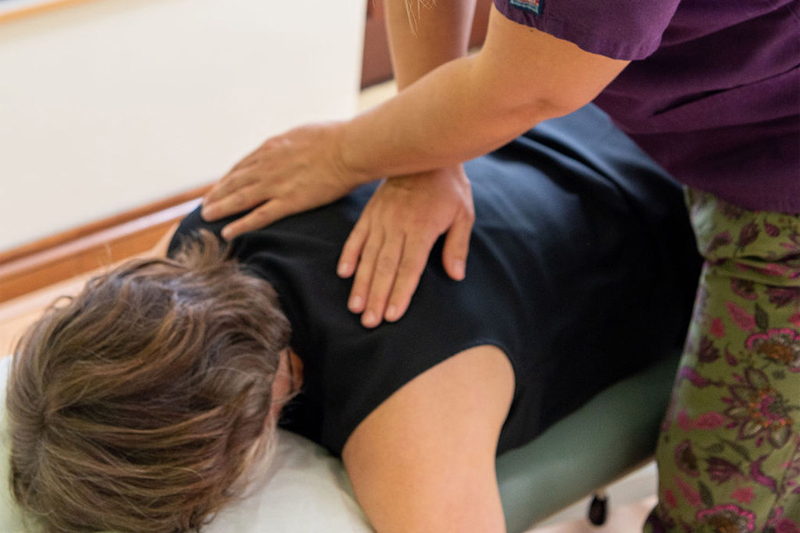Do you expect to hear a ‘pop’ or ‘crunch’ sound whilst having chiropractic or other manual spinal therapy? And do you feel that the treatment has been more successful than when you don’t hear that sound?
An audible ‘pop’ is the sound that can be heard when you have received an adjustment after you have had your spine manipulated and is often considered to be sign of a successful treatment. So, does that mean that a treatment is not successful if you don’t hear a ‘pop’?
Not according to the latest research from studies in the UK and The Netherlands. As far back as 1998 a review concluded that there was little scientific evidence to support the therapeutic benefit of an audible ‘pop’. As research methods have evolved since then, it was considered the right time for a review of the evidence.
But firstly what causes that ‘popping’ sound?
The audible ‘pop’ is thought to be caused by a change in joint tension. When the chiropractor performs the adjustment, the joint space opens minutely allowing a release of pressure. That sound is likely a result of the positive mechanical change which results in increased movement and improvement in overall function.
To carry out the review, five original research articles were included with the aim of finding out if the audible ‘pop’ contributed to a reduction in pain or not.
It was found that all the studies reported similar results: regardless of which area of the spine that was being manipulated or follow-up time, there was no evidence of improved pain outcomes associated with an audible ‘pop’.
Whilst there appears to be no consensus amongst chiropractors on the association of the audible ‘pop’, it has been concluded that regardless of the presence or absence of a ‘pop’ sound whilst a patient is receiving manual spinal manipulation, it is not considered important regarding pain outcomes.
Author details
AECC University College, Bournemouth, UK; Private Practice, Maastricht, The Netherlands.
To read the full research paper please click on this link: https://chiromt.biomedcentral.com/counter/pdf/10.1186/s12998-022-00454-0.pdf




